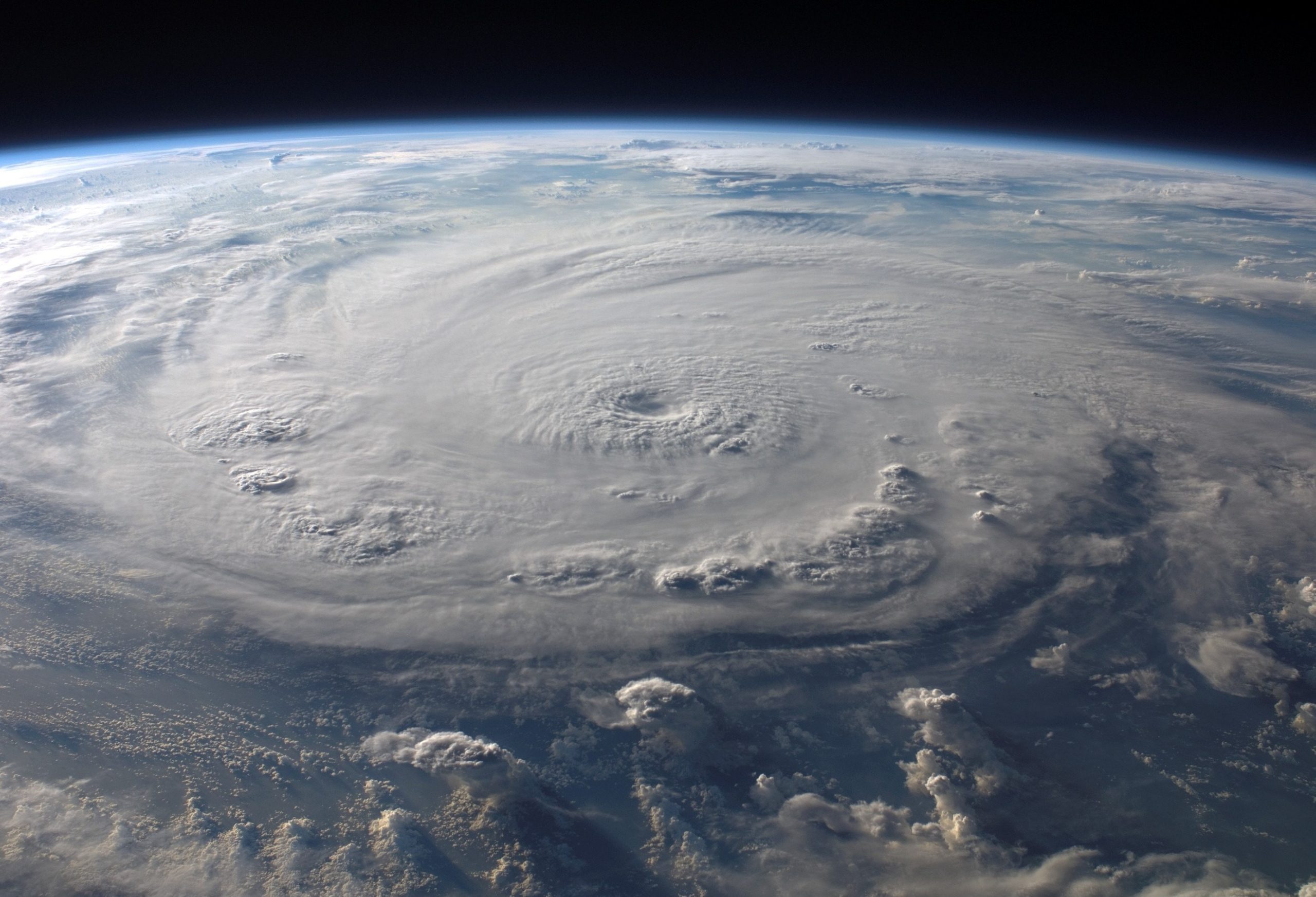Table of Contents
ToggleIntroduction:
A polar vortex is a large-scale cyclone that circulates around the Arctic and is responsible for cold air masses and winter storms in the Northern Hemisphere. In recent years, polar vortex events have become more frequent and intense, causing widespread disruption and hardship across the United States and other parts of the world. This article will explore the relationship between polar vortex events and sustainability, highlighting the ways in which our changing climate is contributing to these extreme weather patterns and the steps we can take to mitigate their impact on our communities and the environment.
The Connection Between Climate Change and Polar Vortex Events:
The Arctic is one of the regions of the world that is experiencing the most rapid and profound impacts of climate change. Rising temperatures are causing the polar ice cap to shrink, which is disrupting the polar vortex and contributing to more frequent and intense cold snaps. As the polar vortex weakens, it is becoming less stable and more prone to disruption, leading to colder temperatures in some areas and warmer temperatures in others. This variability in the polar vortex can result in extreme weather patterns, including cold snaps, heat waves, and winter storms.
The Impact of Polar Vortex Events on Sustainability:
Polar vortex events can have far-reaching and long-lasting impacts on sustainability. For example, the increased demand for heating during cold snaps can strain energy systems, leading to brownouts and blackouts in some areas. This can be especially harmful to low-income communities and those who rely on electricity to power life-saving medical equipment. Additionally, polar vortex events can disrupt transportation systems, causing delays and cancellations of flights and trains, which can have significant impacts on the economy.
In the long term, polar vortex events can also contribute to soil erosion and deforestation, as people seek alternative sources of energy and materials to help them cope with the effects of extreme weather. This can have serious impacts on the environment, including increased greenhouse gas emissions and decreased biodiversity.
Mitigating the Impact of Polar Vortex Events on Sustainability:
The best way to mitigate the impact of polar vortex events on sustainability is to reduce greenhouse gas emissions and slow the pace of climate change. This can be achieved through a combination of individual and collective action, including:
Energy efficiency: Increasing energy efficiency in homes, businesses, and transportation systems can help reduce the demand for energy during cold snaps and reduce greenhouse gas emissions.
Renewable energy: Switching to renewable energy sources such as solar, wind, and geothermal can reduce dependence on fossil fuels and help slow the pace of climate change.
Sustainable transportation: Encouraging the use of public transportation, walking, and biking can reduce the number of cars on the road, reducing greenhouse gas emissions and mitigating the impact of cold snaps on transportation systems.
Conservation: Protecting and restoring natural habitats, such as forests and wetlands, can help absorb carbon dioxide from the atmosphere and reduce the impacts of extreme weather on the environment.
Conclusion:
Polar vortex events are a clear reminder of the impact that our changing climate is having on our communities and the environment. By reducing greenhouse gas emissions, increasing energy efficiency, and promoting sustainable practices, we can slow the pace of climate change and mitigate the impact of polar vortex events on sustainability. It is up to each and every one of us to take action and work together to create a more sustainable and resilient future for ourselves and future generations.








2 thoughts on “Polar Vortex and Sustainability: The Connection between Extreme Weather and Climate Change”
Pingback: Record-breaking snowstorm hits Northeastern United States
Pingback: Severe Weather: Tornadoes and Hailstorms Ravage Central US